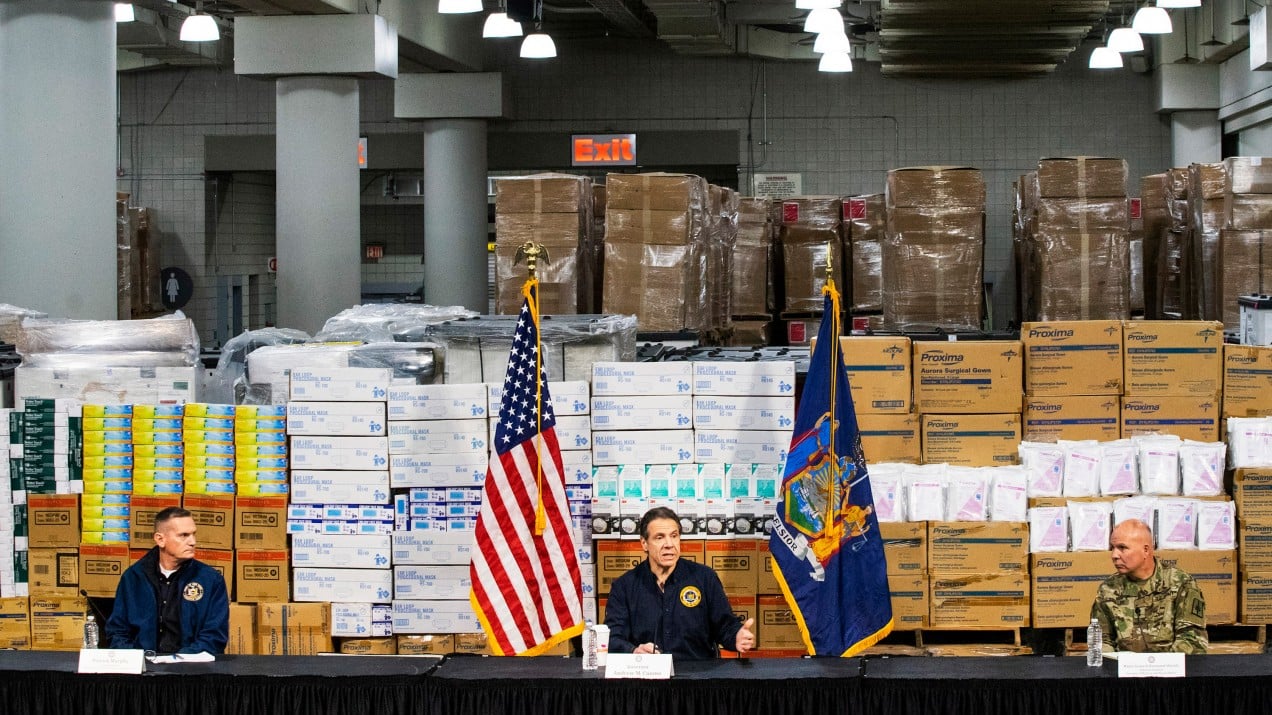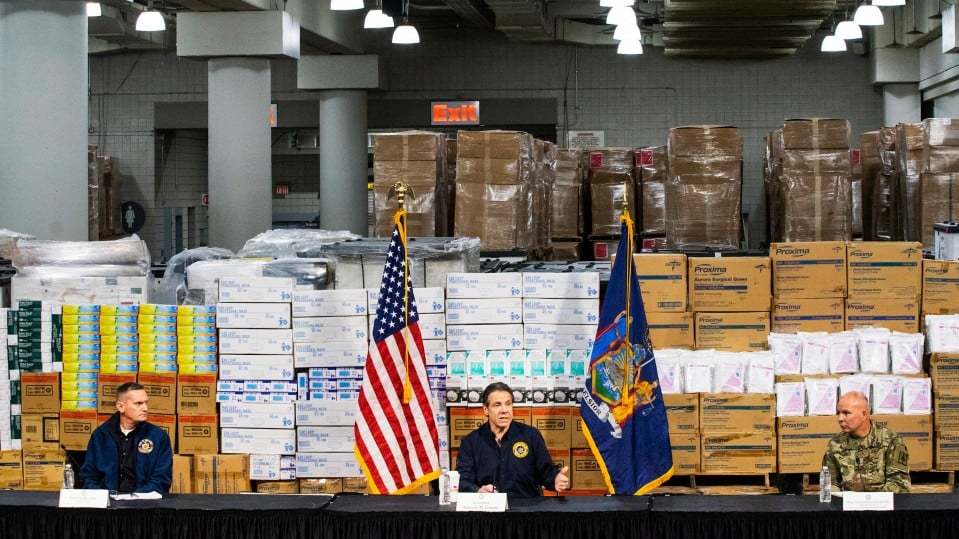

Climate Change
We need economic relief now. Climate policy can come later.
An eventual coronavirus recovery package should include clean-energy funding and supportive policies, but first we need to make sure people can obtain health care, buy food, and remain in their homes.

As Congress nears a deal to pass a roughly $2 trillion stabilization package, and airlines, casinos, cruise ships, and other industries hold out their hands for government bailouts, it’s fair to ask: Shouldn’t US economic stimulus measures also include efforts to boost clean energy and combat climate change?
For many energy economists and researchers, the resounding answer is: Yes, but not now.
You can read all our coverage of the coronavirus/Covid-19 outbreak for free, and also sign up for our coronavirus newsletter. But please consider subscribing to support our nonprofit journalism.
As the escalating coronavirus outbreak triggers one of the swiftest economic downturns in modern history, the immediate priorities are providing care for patients and relief for the millions who have lost their jobs or are about to. On Sunday, James Bullard, president of the Federal Reserve Bank of St. Louis, said the nation's unemployment rate could reach 30% next quarter, which would exceed the highest levels during the Great Depression.
“We need an immediate, massive response from governments at all levels to deal with this,” says Noah Kaufman, an economist at Columbia’s Center on Global Energy Policy. “Until we, for lack of a better term, stop the bleeding, inserting any other priorities into that mix has the potential to distract and delay the policy response.”
The public health and economic crises will clearly require multiple rounds of major policy responses, says Jesse Jenkins, an assistant professor at Princeton who focuses on energy systems. What the federal government needs to concentrate on now is disaster relief, not economic stimulus, he says. After all, you can’t put most people back to work when the accelerating pandemic requires as many people as possible to stay home for the foreseeable future.
“The most important priority is to get money to people so they can pay their bills, buy groceries, purchase medications, and stay in their homes,” Jenkins says.
Any short-term economic stimulus efforts should go to industries that directly address the coronavirus threat, including hospitals and companies that produce crucial medical equipment, said Robert Stavins, a professor of energy and economic development at Harvard, in an email.
Many researchers and activists do believe now is the right time to begin the public debate over the best ways to ensure that when the US does get to the point of growing the economy again, it can rebuild in a cleaner and more sustainable way.
On Sunday, a group of academics and advisors to several of the earlier Democratic presidential campaigns published a letter calling for a $2 trillion “Green Stimulus” package, designed to revitalize the economy, create millions of “green jobs,” and accelerate the growth of low-carbon industries.
The package would automatically renew at 4% of gross domestic product per year, which would currently add up to about $850 billion, until the economy reaches zero greenhouse-gas emissions and the unemployment rate falls below 3.5%. It would also include a revolving fund to purchase failing fossil-fuel companies in order to take drilling rigs and power plants offline.
If we allow economic stimulus efforts to boost the fossil-fuel sector at this stage, “we’re totally screwed,” said marine biologist Ayana Elizabeth Johnson, founder of the Urban Ocean Lab think tank and one of the authors, during a press call on Monday.
Crashing oil and gas prices could force some domestic energy companies out of businesses in the weeks or months to come. But Kaufman notes that, long-term climate goals aside, we do not want the sector to collapse at this point, given the large number of people it employs and the current state of the economy.
“For the sake of these workers, their communities, and the broader economic impacts of the collapse, we should try to avoid this outcome,” he said in a message on Twitter.
He adds that any aid for the fossil-fuel industry, however, could be conditioned on support for economy-wide emissions targets or similar policies—much as the auto industry bailout after the 2008 financial crisis required higher fuel economy standards.
When we do get to the point where green stimulus measures make sense, Jenkins says, his top climate priorities would include accelerating the development of solar and wind projects via subsidy programs; streamlining regulatory approvals to expedite construction of long-distance, interconnected transmission lines; and creating new incentives, low-cost loans, and other programs to boost domestic manufacturing and sales of electric vehicles.
But he adds that the unfolding pandemic has also underscored the need for a stronger social safety net, in much the way the Great Depression did. Any funding that the government gives away to businesses now, or later, should be contingent on policies to help workers keep their jobs or return to them as soon as possible, retain their health insurance, stay away from work if they’re sick, and receive enough money to get them through the crisis.
“That’s the stuff worth fighting for right now,” he says.
Update: This story was updated to clarify that the Green Stimulus proposal was intended to begin a conversation now about appropriate policies for subsequent economic recovery proposals.